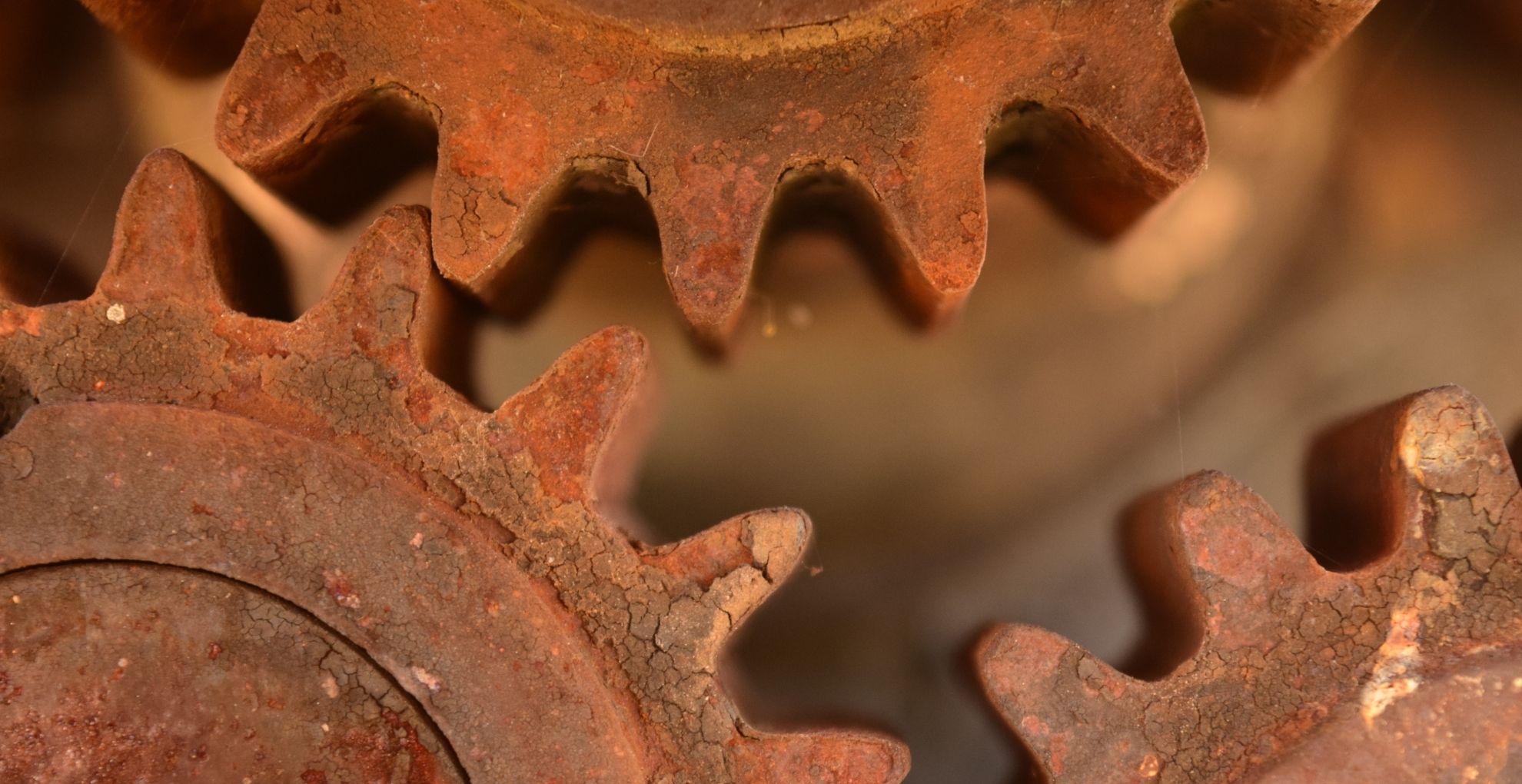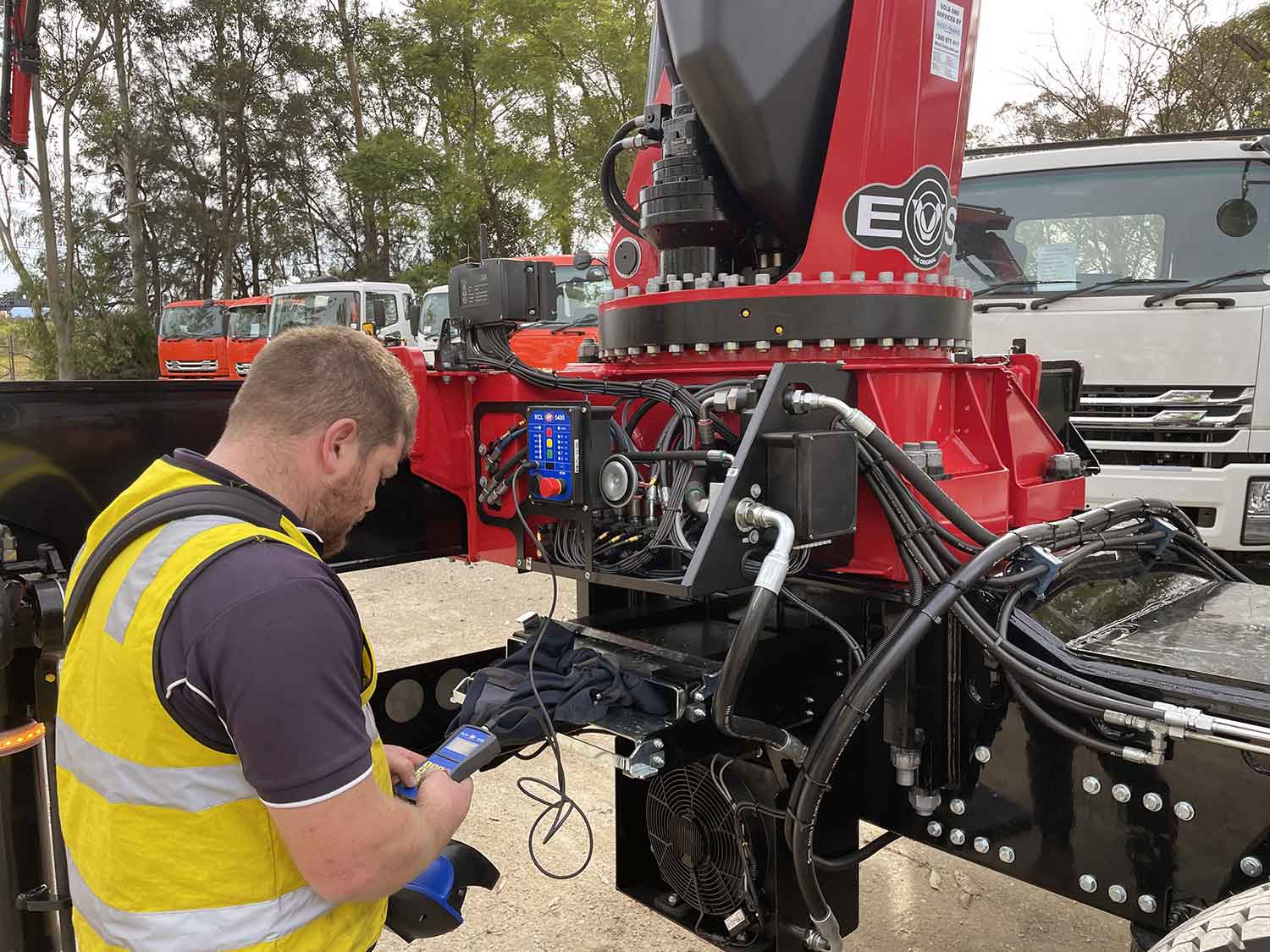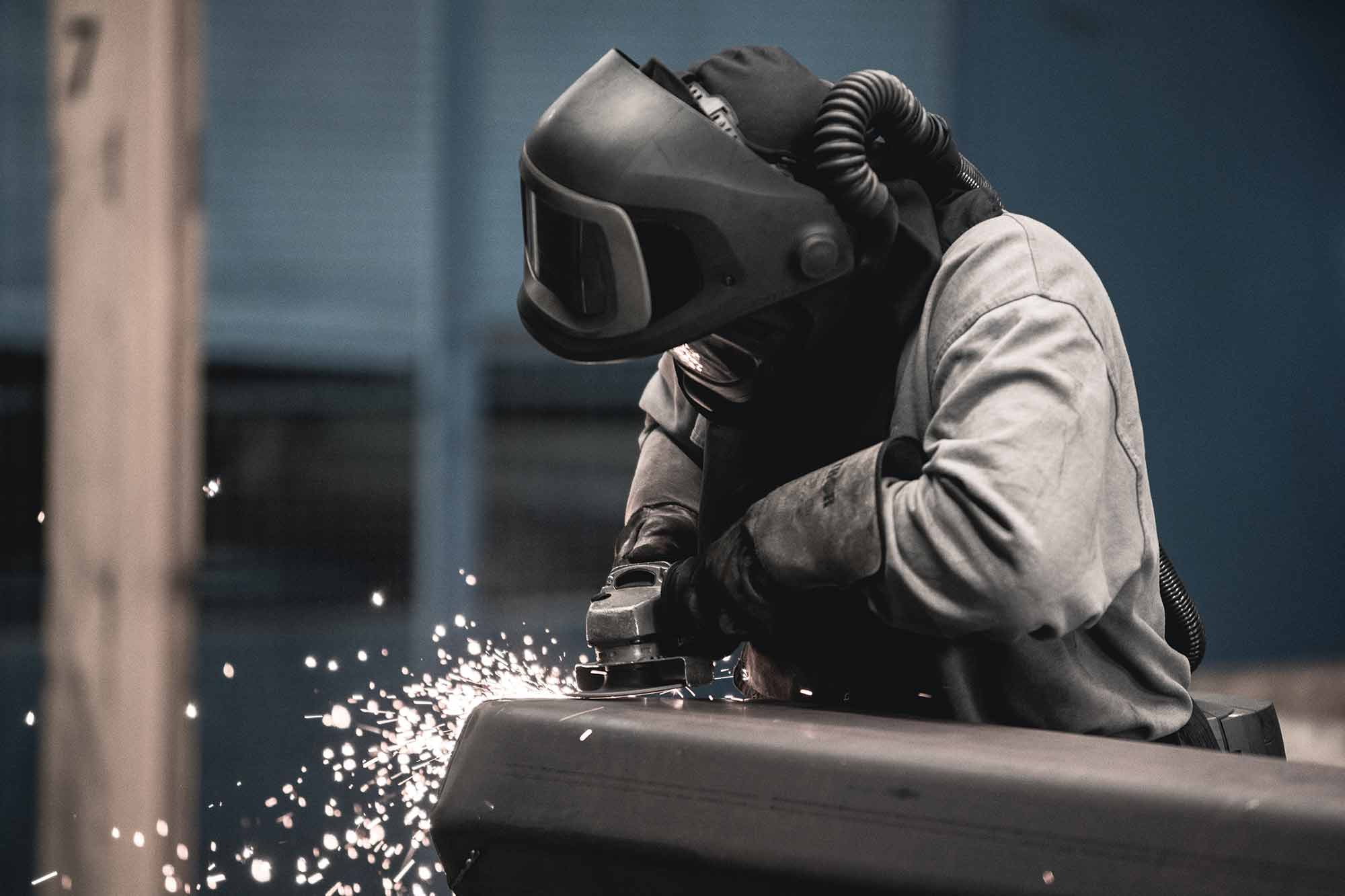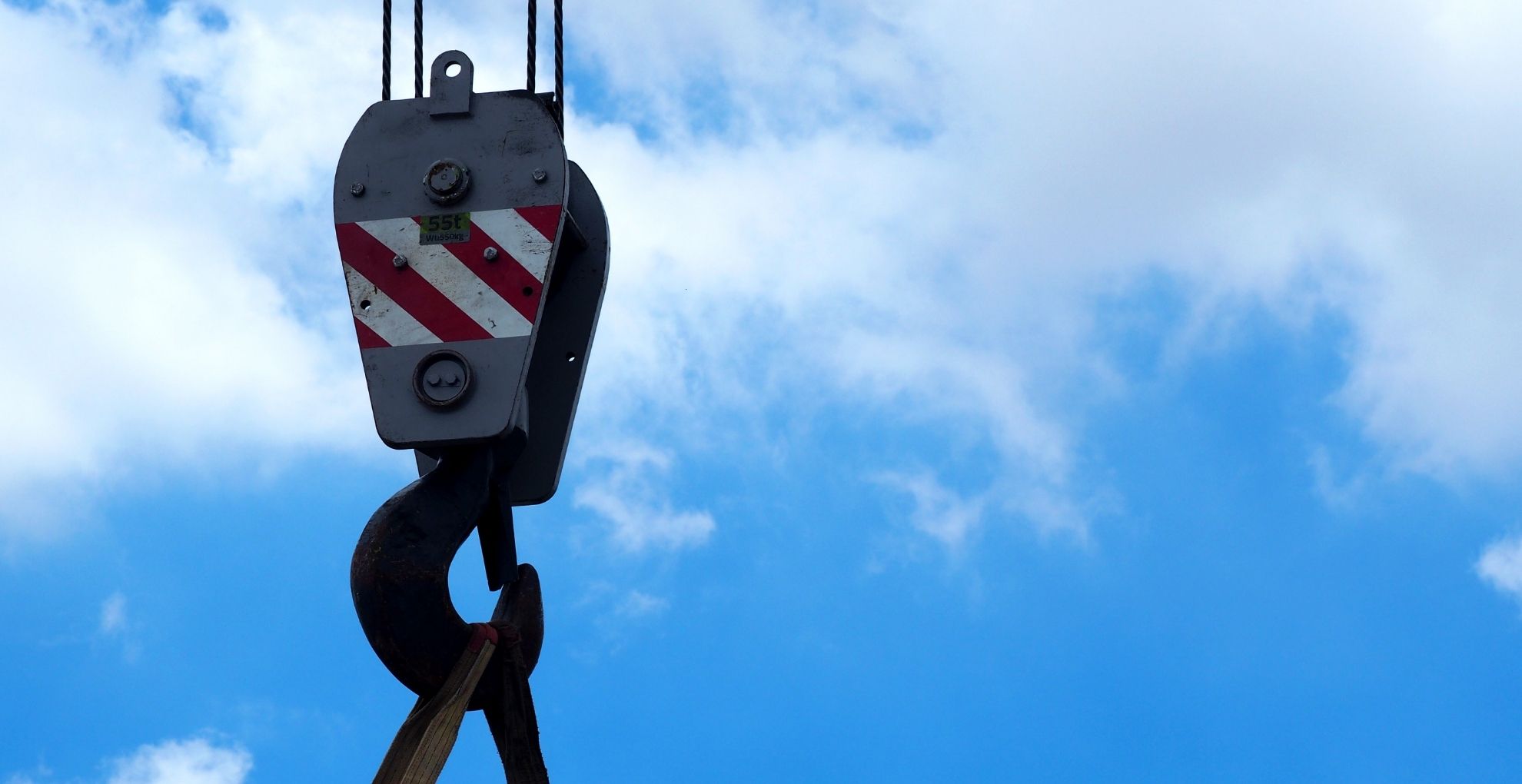Buying a loader crane is a big investment, and one of the most common questions we get is about choosing between new and second-hand. The answer really depends on your specific needs, budget, and risk tolerance. While a used crane can save money upfront, it’s only a smart buy if it’s been properly assessed. We’ve created a practical 10-point checklist designed for you to reference, so you know exactly what to look for when inspecting a second-hand loader crane.
10-Point Checklist Before You Buy a Second-Hand Loader Crane
Just like you test drive a car, you want to make sure everything is in working order and compliant when buying second-hand heavy machinery. You can share this checklist with your team or even print it out as a standard operating procedure.
1. Age and Usage History
First things first, check the crane’s history. The two most important factors are the manufacturing year and total hours of operation. However, just like with vehicles, age alone doesn’t tell the whole story. How the crane was used matters just as much.
If possible, find out if it operated daily on heavy loads or occasionally for light-duty tasks. Don’t be afraid to ask questions and request maintenance logs and service records to understand its working life. This gives insight into potential wear, future reliability, and resale value.
2. Load Testing Certification
A load testing certification proves the crane can safely handle its rated capacity. Second-hand loaders should come with up-to-date certifications for their operating weight. This isn’t a bonus, it’s a legal and safety requirement in many states. If certification is missing or outdated, steer clear, as you may face costly compliance issues or be forced to retest before use. As such, always confirm the crane has passed a recent load test from a certified technician.
3. Signs of Structural Fatigue or Corrosion

Carefully inspect the crane’s boom, joints, and mounting points for cracks, rust, or metal fatigue. Structural damage isn’t always obvious at first glance, so take your time to look for weld repairs, worn paint, or flaking that could indicate deeper issues. Corrosion can compromise load capacity and safety over time, especially in high-stress areas. If anything looks questionable, get a professional assessment before buying.
4. Hydraulic System Condition
This is the heart of any loader crane, so check the hydraulic system for leaks, worn hoses, loose belts, cracked fittings, or sluggish cylinder response. Contaminated or low hydraulic fluid is usually a result of poor maintenance or internal wear. You’ll need to ask them to operate the crane while you listen for unusual noises during operation and watch for inconsistent movement of the heavy machinery. Consider both red flags. Also, check that the hydraulic oil is clean and free from dirty fluids. Milky or cloudy oil is another bold red flag that could indicate internal damage like damaged cylinder seals.
5. Boom and Extension Functionality
Extend and retract the boom fully, paying close attention to how it moves. If it’s jerky, slow, or uneven, that could also mean a lack of maintenance or even something bigger beneath the surface. A smooth-operating boom is a major deciding factor as it’s essential for safe and reliable performance on the job.
6. Electrical System and Remote Controls
Test all switches, control panels, and remote functions of the used truck crane to make sure they’re responsive and glitch-free. Look out for flickering displays, delayed signals, or dead controls that can point to wiring issues or outdated components.
7. Mounting and Frame Integrity
Check where the crane meets the truck carefully for signs of damage, excessive wear, or loose connections.
8. Servicing and Maintenance Records
A great indicator of regular maintenance is a clear, consistent service history. Again, don’t be shy to ask for logbooks, inspection reports, and receipts. Vague answers from the seller should raise red flags. Well-documented maintenance and service history reflect good ownership and give you the peace of mind that the crane is less likely to dish out nasty surprises later.
9. Brand Reputation and Support (e.g., HMF)

Not all used construction equipment is created equal. If you’re buying a Knuckle Boom Crane choosing a trusted brand with a history like HMF puts you in safe hands. You’re more likely to get reliable performance, as well as easier access to spare parts and better long-term support. If an issue does come up, you want a manufacturer with a great reputation that stands behind their equipment and has the network to keep the crane running.
10. Compliance with Australian Standards (AS 1418)
Strict compliance and regulation aren’t optional. Ensure the crane meets AS 1418 standards for design, lifting capacity and safety of the crane’s hoists, and winches. Again, ask for proof of compliance or third-party inspection if in doubt. Without it, you risk operational shutdowns, fines, or worse, safety failures on the job, especially if operating loader cranes in challenging environments. Peace of mind starts with making sure your equipment is up to code.
New vs Used Loader Cranes – What’s Right for You?
Deciding between buying new or second-hand comes down to what matters most to your business.
Cost and ROI
A new crane is a bigger upfront investment, but it comes with that priceless peace of mind of having full warranty coverage. And while a second-hand unit might save you money initially, you’re taking the risk of inheriting a problem from the previous owner. That said, if you do your homework, there are some fine used truck cranes out there, and the ROI can be excellent. If you’re a business looking to expand without blowing the budget, doing your due diligence could be well worth it.
However, there’s one major cost consideration that deters many buyers from second-hand cranes: when a crane reaches 10 years old, it requires a comprehensive major inspection that can cost up to half the price of a new crane, depending on its condition. After that initial 10-year inspection, major inspections are required every 5 years. These inspection costs are substantial, which explains why most larger companies prefer to avoid older cranes in their fleets.
Availability
New cranes often have longer lead times, especially if they’re custom-built or need to be imported. With used cranes, what you see is what you get. But if it’s in good condition, you can get it on the road much faster.
Warranty and Compliance
As mentioned, buying new means you’re covered by manufacturer warranties and guaranteed compliance with current Australian safety standards. This provides instant peace of mind. With second-hand cranes, you’ll need to double-check compliance and may require extra costs for inspections, servicing, or retrofitting to meet regulations.

Advantages of Buying a Second-Hand Loader Crane
Let’s recap the benefits of buying second-hand. So long as the crane has been properly maintained, going second-hand can bring benefits such as:
- A lower upfront cost
- Quicker delivery
- Proven reliability
- Excellent ROI
A well-inspected used loader crane can deliver excellent value without compromising on performance.
Key Risks and Limitations of Used Cranes
While used cranes can offer benefits, they can also come with hidden risks. Let’s recap the things to look out for:
- Limited or expired warranties
- Costs of inspection and potential failure
- Wear and tear that may not be immediately visible
- Older models that might also fall short of current Australian safety standards
- Without a thorough inspection, you could end up spending more in the long run than you saved upfront.
When to Choose New Over Used
Whether you choose new or used all comes down to your priorities, budget, and application. If you really value having that priceless peace of mind, buying new is the best option.
If you’re still not sure what’s right for you, the best thing you can do is get a professional inspection or talk to the experts. At HMF, we offer new loader cranes built to handle Australia’s toughest conditions—explore our range here.

